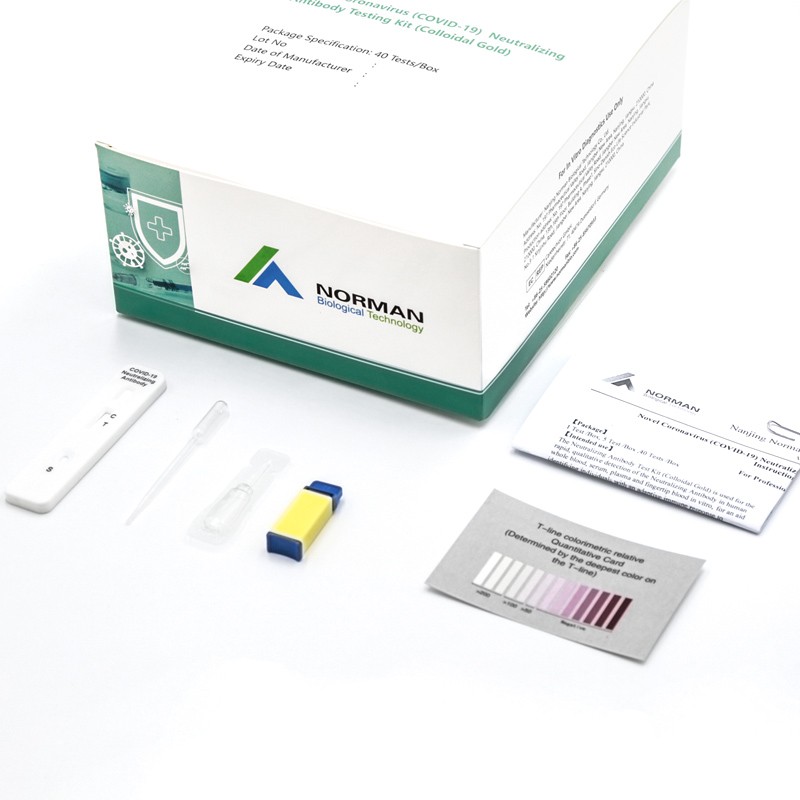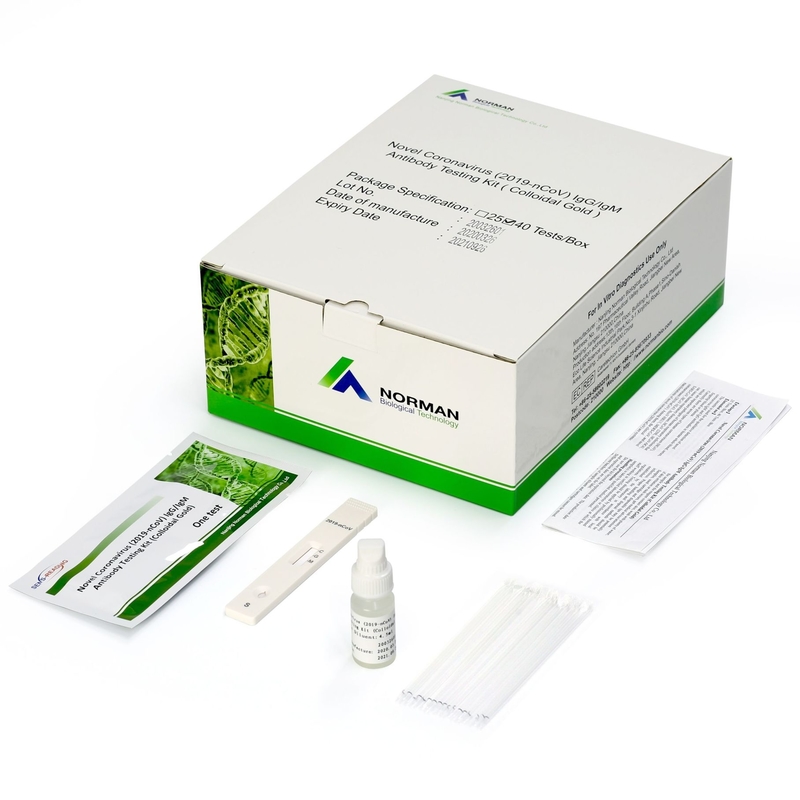Understanding the Chemiluminescence Test Applications and Importance
Chemiluminescence tests are a fascinating intersection of chemistry and biology, widely utilized in scientific research and practical applications. But what exactly is this test, and why is it so valuable? Let’s dive into its principles, uses, and significance.
What is Chemiluminescence?
Chemiluminescence refers to the emission of light during a chemical reaction without the involvement of external light sources like fluorescence or phosphorescence. This process occurs when an excited intermediate molecule releases energy in the form of visible or near-visible light as it returns to its ground state.
In tests, chemiluminescence is harnessed to detect and measure specific substances, as the emitted light is directly proportional to the concentration of the target compound.
How Does the Chemiluminescence Test Work?
1. Reaction Setup: A sample containing the substance of interest is mixed with reagents that trigger the chemiluminescent reaction.
2. Light Emission: The reaction produces light, often with the help of enhancers or catalysts.
3. Detection: Instruments like luminometers or specialized cameras capture the emitted light, quantifying the substance of interest based on its intensity.
Key Applications of the Chemiluminescence Test
1. Medical Diagnostics
Chemiluminescence immunoassays (CLIA) are widely used in medical testing. These tests detect hormones, proteins, or antigens in blood or other bodily fluids, aiding in diagnosing diseases such as cancer, autoimmune disorders, and infectious diseases.
2. Environmental Monitoring
Chemiluminescence plays a role in detecting pollutants like nitrogen oxides (NOx) in the atmosphere. This application is critical for understanding air quality and mitigating environmental hazards.
3. Pharmaceutical and Food Industries
These tests help ensure quality control by detecting contaminants or verifying the concentration of active compounds in drugs and food products.
4. Forensic Science
In forensic investigations, chemiluminescence is used to detect trace amounts of substances, such as blood at crime scenes. Luminol, a chemiluminescent reagent, is a classic example used for such purposes.
5. Biological Research
Researchers use chemiluminescence to study cellular processes, gene expression, or protein interactions. It is a sensitive method for tracking biomolecular activity.
Advantages of Chemiluminescence Tests
- High Sensitivity: Detects even trace amounts of substances.
- Specificity: Reactions can be tailored for specific targets.
- Rapid Results: Quick reaction times lead to fast readings.
- Low Background Noise: Absence of excitation light reduces interference.
Challenges and Limitations
While powerful, chemiluminescence tests require precise conditions for optimal performance. Factors like reagent stability, light measurement accuracy, and the presence of interfering substances can influence results.
Conclusion
The chemiluminescence test is a versatile tool that spans disciplines, from healthcare to environmental science. Its ability to provide accurate and rapid analysis makes it indispensable in modern science and industry. Whether used to detect diseases, pollutants, or forensic evidence, this test continues to illuminate pathways to innovation and discovery.
What do you think about the applications of chemiluminescence in your field? Let us know in the comments!













